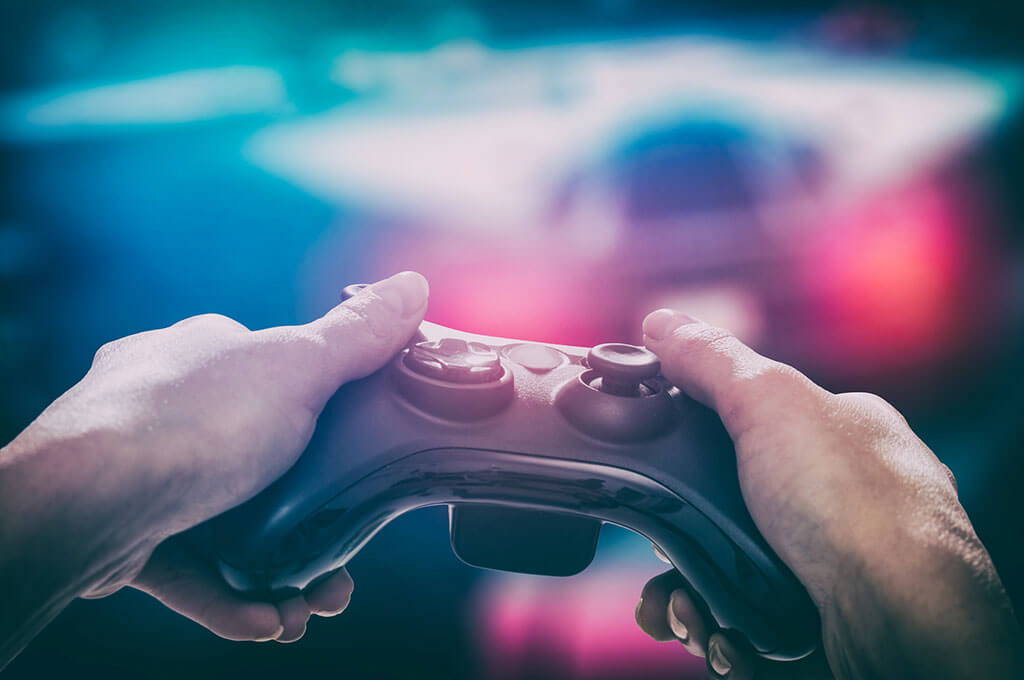The market of computer games is one of the fastest-growing sectors of the economy in the 21st century. With hundreds of most loyal fans focused on that specific field of technology, this market concentrates devoted game creators who must constantly prove their high-level creativity and accurate outlooking for gaming trends around the world.
Each self-respecting design studio wants to ensure that theirs products are well-protected in every possible aspect of law – starting with copyrights to industrial designs and trademarks. Wherever the legal system permits, computer game developers apply for copyright registration, and the subject of copyright protection includes, for instance, entire games, their titles, individual characters, or even the landscapes scrolling through the next parts and subtitles of the game. In brief, every expression of the author’s creation constitutes a separate work. Copyright registration is possible, among others, in the US, which is one of the largest computer game markets in the world, China, where it is good to be protected on all posible fronts when it comes to IP rights because of the size of the Chinese market and frequent specific problems in the protection of exclusive rights there.
However, copyright does not close the matter of IP rights. The legal protection of computer games should be handled by an interdisciplinary team of lawyers and patent attorneys. It is neither easy, nor obvious to deal with the protection of such a complicated work as modern computer game. Thinking about the right strategy, the trademark protection seems to be the first to remember about, however, first you have to answer some equally important questions: Do you have to register only the most important elements of the game, or only the verbal and graphic characters? Do you have to protect only the title, or rather all the subtitle games? Which character names are distinctive enough to be protected as trademarks? Will it be commercially profitable that they are protected and the game-maker has exclusive rights to it? On which territories should you apply for protection – anywhere, or only in the strategic countries considering your business plan?
Even when we choose what elements of the game are protected as trademarks, it turns out that many questions are yet to be answered. In the specification of goods and services of the selected marks, we have to indicate the goods and services against which the trademark will be used. This requires a precise coordination of intellectual property protection activities with marketing strategies. In short, the game-creator should know in advance what games he or she intends to do in the future (selling gadgets, posters, comics, etc.).
Next, you have to choose procedures which will be the most effective, and also such that will guarantee successful filing before a given patent office. It is also necessary to analise the situation among your competitors whose rights are already protected, and who potentially can raise objections in your registration process.
As you can see, the legal protection of computer games is a complicated process that requires very good planning. Nowadays, it is not hard to come up with an attractive product, but the real challenge is to promote and sell it with profit. Therefore, it is crucial to think about a complex strategy when it comes to the protection of computer games.



